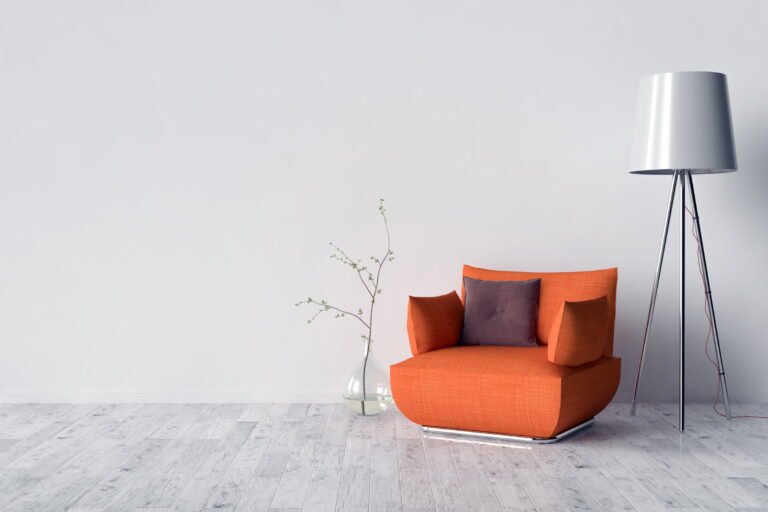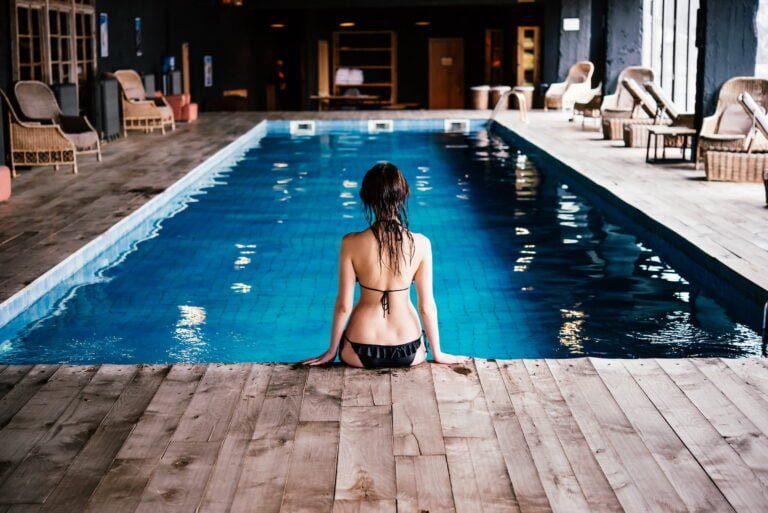My Very Minimal Interior Design Ideas
In a world often cluttered with excess, minimalism offers a refreshing approach to interior design. Embracing simplicity and functionality, minimalism focuses on creating spaces that are clean, calming, and purposeful. Whether you’re looking to transform your entire home or just a corner of it, here are some Minimal Interior design ideas to inspire you.
Embrace Neutral Tones
Minimalist design thrives on neutral color palettes such as whites, greys, and earth tones. These hues not only create a sense of openness but also promote a tranquil atmosphere. Minimal Interior Consider painting walls in soft whites or light greys to enhance natural light and make rooms appear more spacious. Incorporate natural textures like wood or stone for added warmth and visual interest without overwhelming the space.
Simplify Furniture Choices
When selecting furniture, opt for pieces with clean lines and a timeless appeal. Minimal Interior often feature furniture that serves multiple functions, such as a sleek sofa with hidden storage or a coffee table with minimalist design. Choose quality over quantity, minimalist interior focusing on essential pieces that contribute to a clutter-free environment. Keep furniture arrangements simple and uncluttered to maintain a sense of openness and flow within the space.
Declutter with Purpose
One of the core principles of minimalism is decluttering with intention. Take the time to assess each item in your home and ask yourself if it serves a purpose or brings you joy. Clear countertops, eliminate unnecessary decorations, and organize belongings in designated storage spaces. By reducing visual clutter, you can create a more peaceful environment that promotes relaxation and mindfulness.
Maximize Natural Light
Natural light is a key element of minimalist design, as it enhances the feeling of openness and airiness within a space. Remove heavy drapes and opt for sheer curtains or blinds that allow maximum light penetration. Position mirrors strategically to reflect light and create the illusion of a larger space. Consider incorporating skylights or large windows to further amplify natural light and connect indoor spaces with the outdoors.
Focus on Functional Décor
When selecting décor items, prioritize functionality and purpose. Choose a few statement pieces that align with your aesthetic and complement the overall simplicity of the space. Incorporate plants or greenery to bring life into the room and add a touch of natural beauty. Select artwork or wall hangings that contribute to the ambiance without overpowering the minimalist aesthetic. Remember, less is more when it comes to decorating in a minimalist style.
FAQs About Minimalist Interior Design
1. Is minimalism suitable for small spaces? Yes, minimalism is particularly well-suited for small spaces as it emphasizes simplicity and functionality. By reducing clutter and choosing multi-functional furniture, you can maximize the available space and create a more airy and open environment.
2. How can I add warmth to a minimalist space? To add warmth to a minimalist space, incorporate natural materials such as wood, wool, or linen. Consider adding texture through rugs, cushions, or throws in soft, neutral tones. Additionally, lighting plays a crucial role—opt for warm-toned light fixtures to create a cozy ambiance.
3. Can I combine minimalism with other design styles? Yes, minimalism can be seamlessly integrated with other design styles such as Scandinavian, industrial, or modern. Focus on maintaining simplicity and coherence in your interior design ideas choices while incorporating elements from other styles that resonate with your personal taste.
4. How do I maintain a minimalist lifestyle in the long term? To maintain a minimalist lifestyle, adopt mindful consumption habits and regularly declutter your living spaces. Invest in quality over quantity when purchasing new items and prioritize experiences over material possessions. Embrace the principles of simplicity and intentionality in all aspects of your life.
Conclusion
Embracing minimalism in interior design is not just about aesthetic appeal but also about creating spaces that promote tranquility and mindfulness. By focusing on simplicity, functionality, and intentional living, you can transform your home into a sanctuary of calm and clarity. Whether you’re starting from scratch or refining your existing décor, these minimalist design ideas provide a foundation for creating a space that is both beautiful and purposeful.
READ MORE
Latest Style Ideas For Men in Fashion
A Living Room That is Fit For The Millenials


